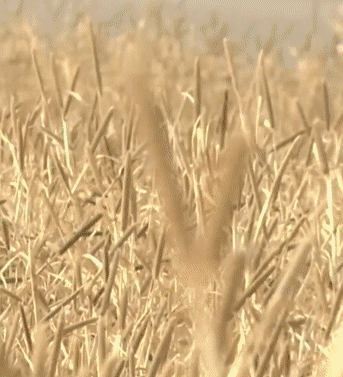Can desert sand become "soil"? The answer is yes.
Recently, after four months of effort, the trial planting of Pennisetum was successful in the demonstration project base of desert soilization in Qiemo County, located at the northern foothills of the Kunlun Mountains and the Altun Mountains, in the hinterland of the Taklimakan Desert, laying a solid foundation for the implementation of ecological restoration technology for "desert soilization", and "sand into soil", with a new method.
It can be seen that at the demonstration project base of desert soilization in Qiemo County, the automatic rotating sprinkler slowly moves and sprays water and fertilizer onto the sand. The experimental field of Pennisetum has an area of nearly 5.3 hectares and is growing well.
Many netizens have also expressed support for "desert soilization."


Pennisetum, a perennial plant in the Gramineae family, enjoys a growth environment with sufficient sunlight, is cold and wet resistant, and has strong cold resistance. It is a favorite "delicacy" for sheep, rabbits, and geese, and is also used as fodder and for retaining embankments. Continuously exerting the integrated functions of pennisetum in preventing and controlling desertification and ecological restoration will find a new way to improve desert soilization in Qiemo County.
It is understood that the essence of "desert soilization" is "soil transformation", which means to endow desert with "soil characteristics", enabling it to have integrated functions of preventing and controlling desertification and ecological restoration. The ecological restoration technology of "desert soilization" is a new achievement in studying the theory and technology of desert ecological restoration from the perspective of mechanics. This project can endow sand with the mechanical properties of soil, thereby possessing the ability to store water, nutrients, air, and cultivate microorganisms, making it a good carrier for plant growth.
Nowadays, Qiemo County has built an ecological green corridor approximately 25 kilometers long and 1 to 7 kilometers wide in the desert area east of the Cherchen River. The local sand and dust weather has significantly decreased, and the average annual precipitation has significantly increased. Satellite remote sensing monitoring results show that the erosion of the desert in Qiemo County has been effectively controlled.
Source from: Douyin account of Bayingolin Media Convergence, Bayingolin Lingjuli, Shiliuyun









